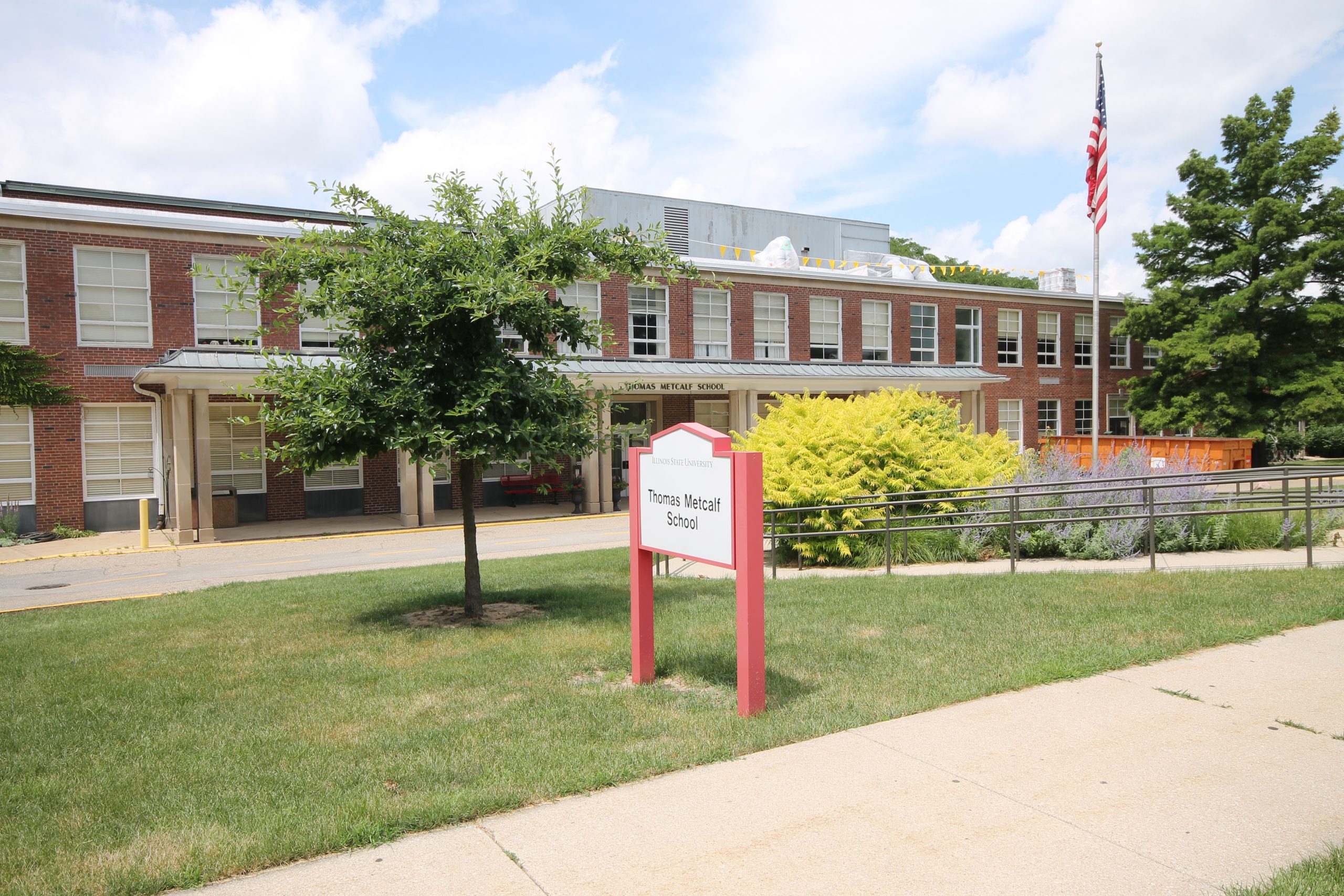While the entire world has experienced significant interruptions, learning still continues, albeit in a different format. The Laboratory Schools at Illinois State University developed a comprehensive Alternative Instruction Plan to ensure their students’ learning would continue during these uncertain times.
When the word came that schools would need to employ a different plan to instruct their students during the mandatory stay at home directive, the Lab Schools were ahead of the game. Since they follow the same schedule as the University, they too were able to utilize the extended spring break period to finalize their plan for alternative learning instruction opportunities. Teachers finalized their preparation, collected their teaching materials, and organized student supplies that could be picked up.
In an effort to make communication of the new plan accessible, a special section was added to both the Metcalf and U-High websites. This section summarizes the plan for all levels of students across both schools and includes Alternative Learning Lessons for students at both schools. These lessons are organized in a spreadsheet by each class and teacher, and include daily instruction and work for each subject.
The spreadsheet’s goal is to streamline communication, encourage instructional collaboration among classmates, consider the balance of student workload across multiple content areas, and provide easy access to school-wide information to all students, faculty, and administrators. It is updated with the most current lesson information for the following week posted by 6 p.m. each Sunday. Additionally, this site provides updated messages from Dr. Dana Kinley, Superintendent of Lab Schools.
Before the plan went into effect on March 23, all students received communication introducing the website and how to access their lessons during the closure, preparing them for the alternative learning instruction.
Implementing the plan has not been without its issues, and teachers would definitely prefer to be in class with their students. And while older students have more familiarity with accessing learning opportunities online, there was a definite concern regarding how this would work for younger students. However, feedback has been favorable regarding the transition to this format.
Jessica Wargo, pre-k teacher, wanted to make sure that her content served a purpose and that all students had similar materials available. Additionally, she stressed the importance of maintaining consistency for any large group synchronous learning while also providing opportunities for more individual attention.
“I host a Zoom session for my pre-k morning and afternoon classes twice a week,” said Wargo. “I have also met on Zoom with parents and their student. These individual meetings have been helpful for students struggling with their daily routine being interrupted, needing one on one time, and those that are missing their friends.”
Susi Beard, a second-grade teacher at Metcalf, has found success through balance. She noted that larger Zoom sessions at the beginning of this new learning format were important, especially for the students to reconnect with friends. However, she has found that smaller groups have been more conducive to learning.
“When we first started, the large groups proved to be hard for those quieter students to get a chance to speak and share,” said Beard. “The small groups of five give me a chance to talk more with them and hear their ideas and questions.”
Both teachers touted the tremendous support from administration during these changes as being crucial to getting them organized and informed. Additionally, weekly questionnaires have been valuable for feedback on the learning and well-being of the students.
“Needless to say, the entire world has had to adjust to the many changes that COVID-19 has caused, and education has been no exception,” said Dana Kinley, superintendent of the Lab Schools. “However, we continue to deliver quality learning experiences thanks to all our administration, teachers, and staff. They have been working hard to provide a best case situation for students to learn in the current environment.”




